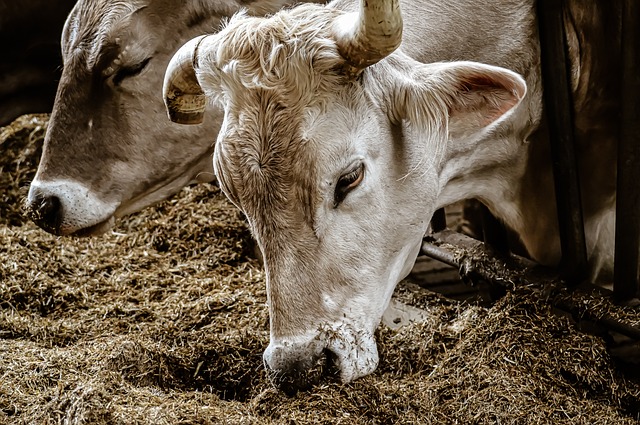
The so-called “Stall-killing Standard” has Sparked a Heated Debate in many European Countries, Including Italy, Bringing Attention to the Delicate Balance, already in Danger due to other Environment-saving Regulations, between the Needs of Ecology and those of an Increasingly Diversified Economy.
The legislation in question, designed with the aim of reducing the environmental impact of the stables of farms and agricultural companies, has raised concerns among farmers, breeders and the livestock industry regarding the costs of adaptation and the sustainability of related activities. The implications on agriculture, the environment and the economy could be more significant than feared by the European Commission. The Stall Killer Standard was introduced as a measure to address water and air pollution caused by intensive livestock farming. Stables have been identified by European environmental analysts as one of the main sources of ammonia emissions, greenhouse gases and water and air pollutants. The legislation requires farmers to reduce these emissions through the implementation of measures, sometimes extremely expensive, such as the installation of sewage treatment systems, the reduction of spreading surfaces and the use of innovative and complex management techniques.
Proponents of the Stall Killer Standard denounce its need to address the negative environmental impact of livestock activities and argue that adopting sustainable practices and improving the stall management would help preserve air and water quality, thus ensuring public health and the conservation of ecosystems. Those who agree with the European standard also point out that the legislation could stimulate technological innovation and promote more sustainable models of agriculture, providing a long-term competitive advantage for farmers even in anticipation of the inevitable increase in competition of non-European countries.
On the other hand, the opponents of the Stall-Killer Regulation raise several concerns and argue that the implementation of the new regulation would involve significant and sometimes prohibitive costs for farmers, jeopardizing their economic sustainability and that of their families as well as the ability to compete on the global market. Some criticize the legislation, also for being excessively rigid and not very adaptable to the specificities of the different agricultural realities which should instead be taken into consideration in a more specific way. According to many, the new restrictions could push farmers towards less sustainable practices to bear the increase in management costs or even the closure of activities, with consequent loss of jobs and negative impacts on local economies and all related industries.
It is therefore important to find a balance between environmental protection and the economic sustainability of the livestock industry. Solutions could include providing concrete financial incentives and technical support for farmers to adapt to the new rules, as well as promoting research and development of more efficient and sustainable technologies. The continuous and educational dialogue between interested parties, including farmers, trade associations, environmental organizations and public authorities, which can help find shared solutions that take into account the needs of all the actors involved, will be essential.
The Stall Killer Standard has generated a complex debate on the balance between environmental protection and the economic sustainability of livestock activities as has already happened in the field of ecological adaptation of many other European industrial sectors. While it is important to address environmental concerns and promote sustainable agricultural practices, it is equally essential to ensure that standards are enforceable and are supported by financial and technical support measures. Stakeholder involvement and a collaborative approach are key to developing balanced solutions that preserve both the environment and the agricultural economy. There are European nations, such as Italy, which include a network of farms, also engaged in the export of local products, so vast as to represent an important national economic factor and must therefore be safeguarded with extreme care.



 Subscribe
Subscribe